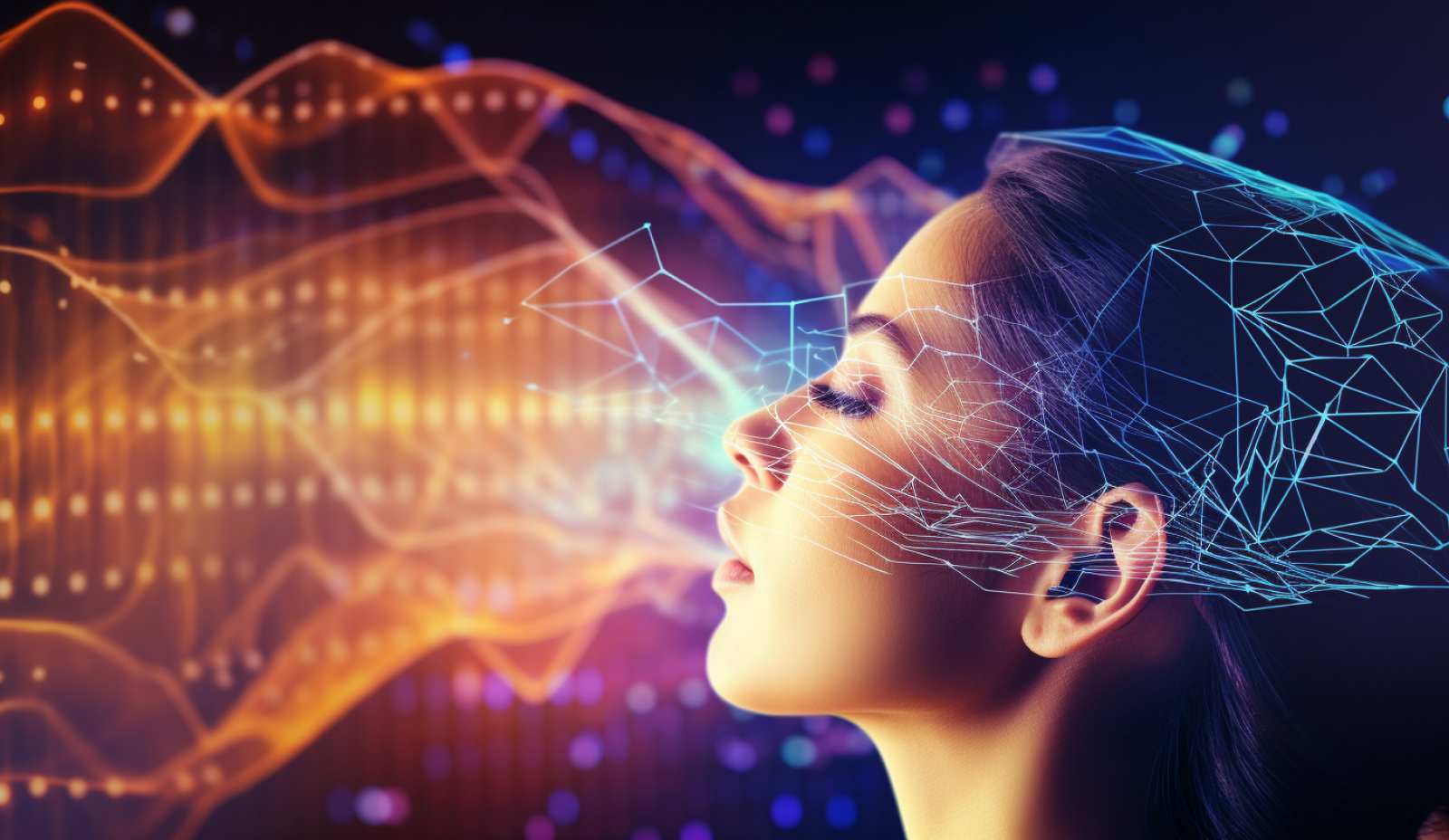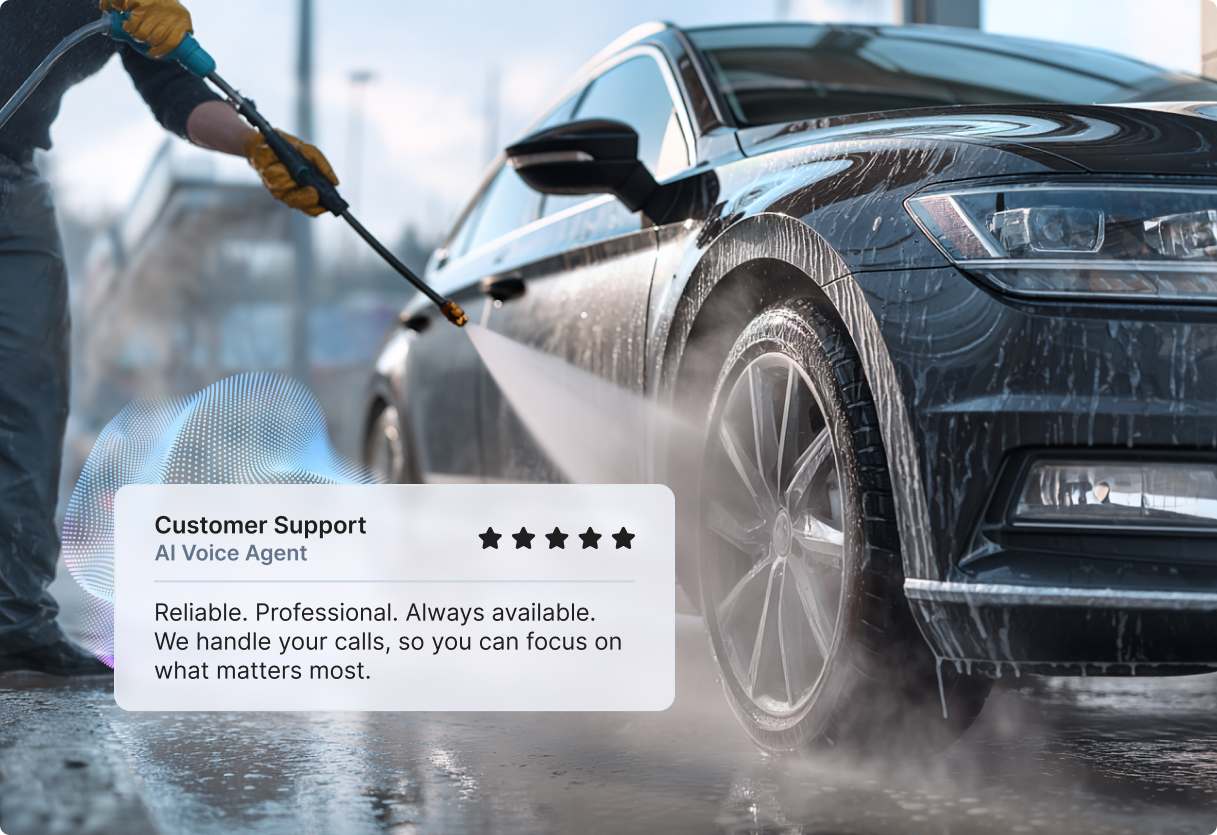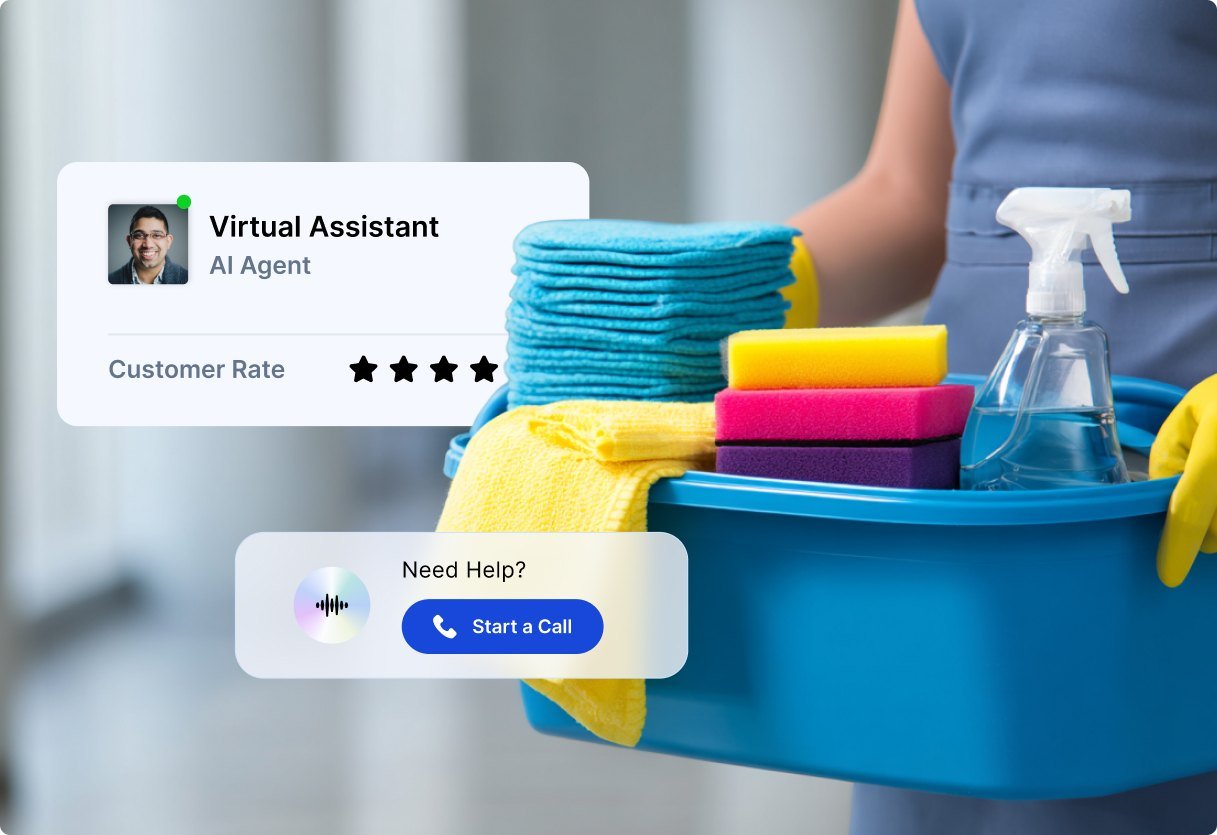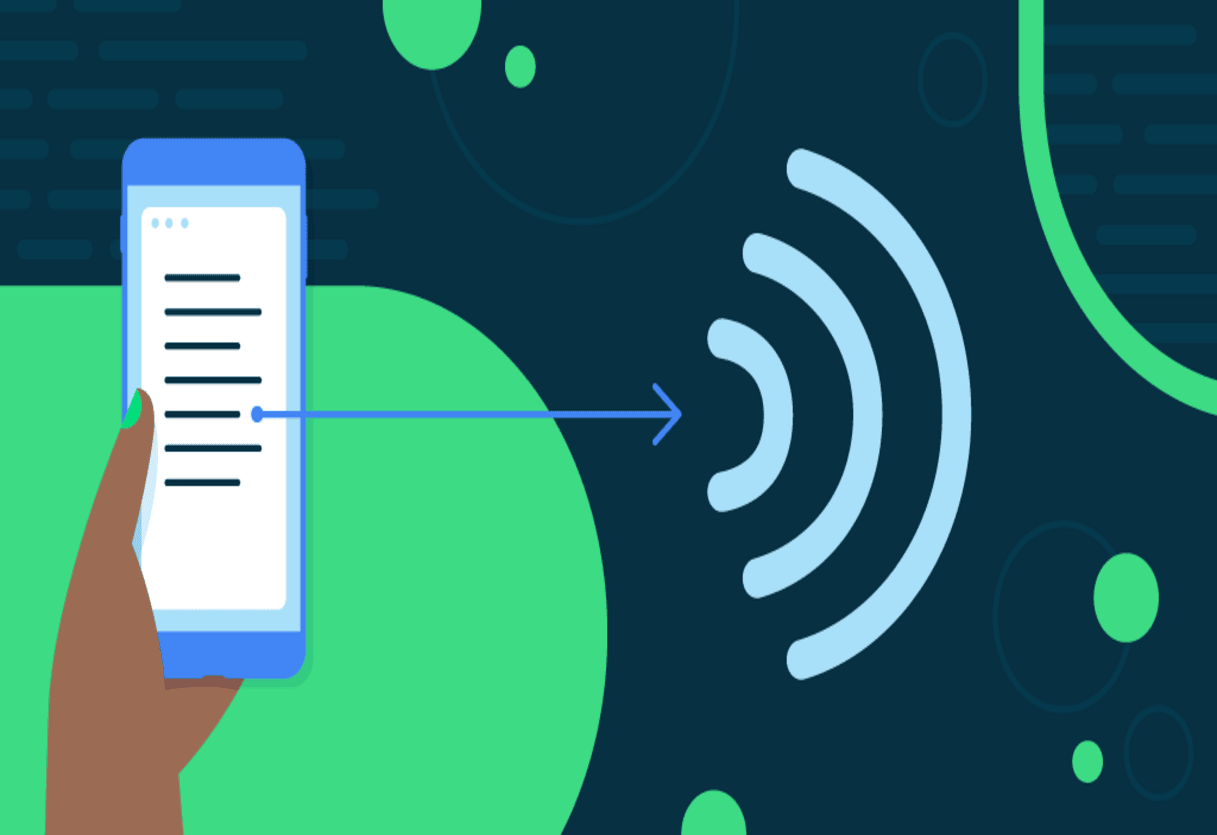The rise of artificial intelligence (AI) has brought about remarkable advancements in various fields, and voice technology is no exception. AI voices, also known as synthetic speech, have captured attention for their ability to mimic human speech with uncanny accuracy. These computer-generated voices hold immense potential to revolutionize the way we communicate, interact with technology, and access information.
What are AI Voices?
AI voices, also referred to as synthetic voices, text-to-speech (TTS) voices, or machine voices, represent a remarkable achievement in the field of artificial intelligence. These computer-generated voices can mimic human speech with astonishing accuracy, opening up a world of possibilities for communication and interaction.
Unlike traditional text-to-speech systems that produce robotic and monotonous voices, AI voices leverage advanced technologies such as deep learning, machine learning, and natural language processing to create lifelike and expressive speech.
The process of creating AI voices involves feeding vast amounts of human speech data into machine learning algorithms. These algorithms analyze the patterns, intonations, and nuances of human speech, enabling them to generate synthetic voices that sound remarkably natural. AI voices can be customized to speak in different languages, accents, and even emotional tones, making them incredibly versatile for a wide range of applications.
As AI technology continues to evolve, AI voices will undoubtedly play an increasingly significant role in our daily lives, shaping the future of communication and interaction.

The Power of AI Voices
AI voices are revolutionizing the way we communicate, offering a wide range of benefits that enhance user experiences and drive business growth. One of the key strengths of AI voices lies in their ability to create realistic and engaging audio content that mimics human speech patterns. This capability opens up new avenues for content creation, enabling businesses to produce high-quality audio content without the need for human voice actors.
AI voices also provide significant time and cost savings. By automating the process of voice generation, businesses can eliminate the need for time-consuming recording sessions and expensive voice talent. This efficiency translates into reduced production costs and faster content creation, allowing businesses to scale their audio content production efforts effortlessly.
With the ability to generate speech in multiple languages, businesses can easily reach global audiences and expand their market reach without the need for multiple voice actors or language-specific recording sessions. This versatility empowers businesses to communicate effectively with diverse customer bases and cater to international markets.
Another key benefit of AI voices is their ability to maintain a consistent brand identity. By synthesizing voices that align with a brand’s tone and style, businesses can ensure that all audio content reflects their unique brand personality.
AI voices possess immense power in transforming communication and content creation. Their ability to generate realistic speech, save time and money, create multilingual content, maintain brand consistency, and deliver personalized experiences makes them an invaluable asset for individuals and businesses looking to enhance user experiences and drive growth.

Creating AI Voices With Voice.ai
With Voice.ai, even those without technical expertise can harness the power of advanced AI to craft compelling audio content that captivates audiences.
Getting started is easy with our online audio tools, designed to help you create audio files that can later be used to develop voice models for our voice generator. Additionally, our Text-to-Speech (TTS) tool allows you to generate realistic AI voices of high quality.
Retrieval-based voice conversion (RVC)
Retrieval-based voice conversion (RVC) is a technique that uses a database of pre-recorded audio to synthesize new speech. RVC systems work by selecting and concatenating segments of pre-recorded audio to create new utterances.
One of the main advantages of RVC systems is their ability to create very realistic and natural-sounding speech. This is because RVC systems use actual human speech, rather than synthetic speech generated by a computer. As a result, RVC systems can capture the nuances of human speech, such as intonation, inflection, and rhythm.
However, RVC systems also have some disadvantages. One disadvantage is that they can be computationally expensive. This is because RVC systems need to search through a large database of audio segments to find the best matches for a given utterance.
Despite these disadvantages, RVC systems are a powerful tool for creating realistic and natural-sounding speech. Voice.ai enables you to utilize both popular RVC voices and those you’ve crafted with our AI voice generator for text-to-speech content creation.
This feature is especially useful for generating voiceovers or dubbing content in various languages and accents. Content creators, in particular, can leverage cutting-edge AI voice generation technology with RVC voices. RVC stands out as the most popular AI technology for voice models, excelling in character voices and natural AI tones.
Creating your own RVC voices is a breeze within our app or externally, and you can effortlessly upload them to your voice library. If you need guidance, our step-by-step guide is there to assist you.
Once uploaded, these voices are perfect for enhancing YouTube videos and breathing life into fictional characters, providing a professional touch to voiceovers or voice acting. Our AI voice generator accommodates a wide range of use cases, putting the power of voice cloning at your fingertips.
Voice.ai users and RVC: With our free AI voice-changing app, you have the convenience of directly uploading third-party models (RVC) into our desktop app. This eliminates the requirement for external RVC software when creating voice models.
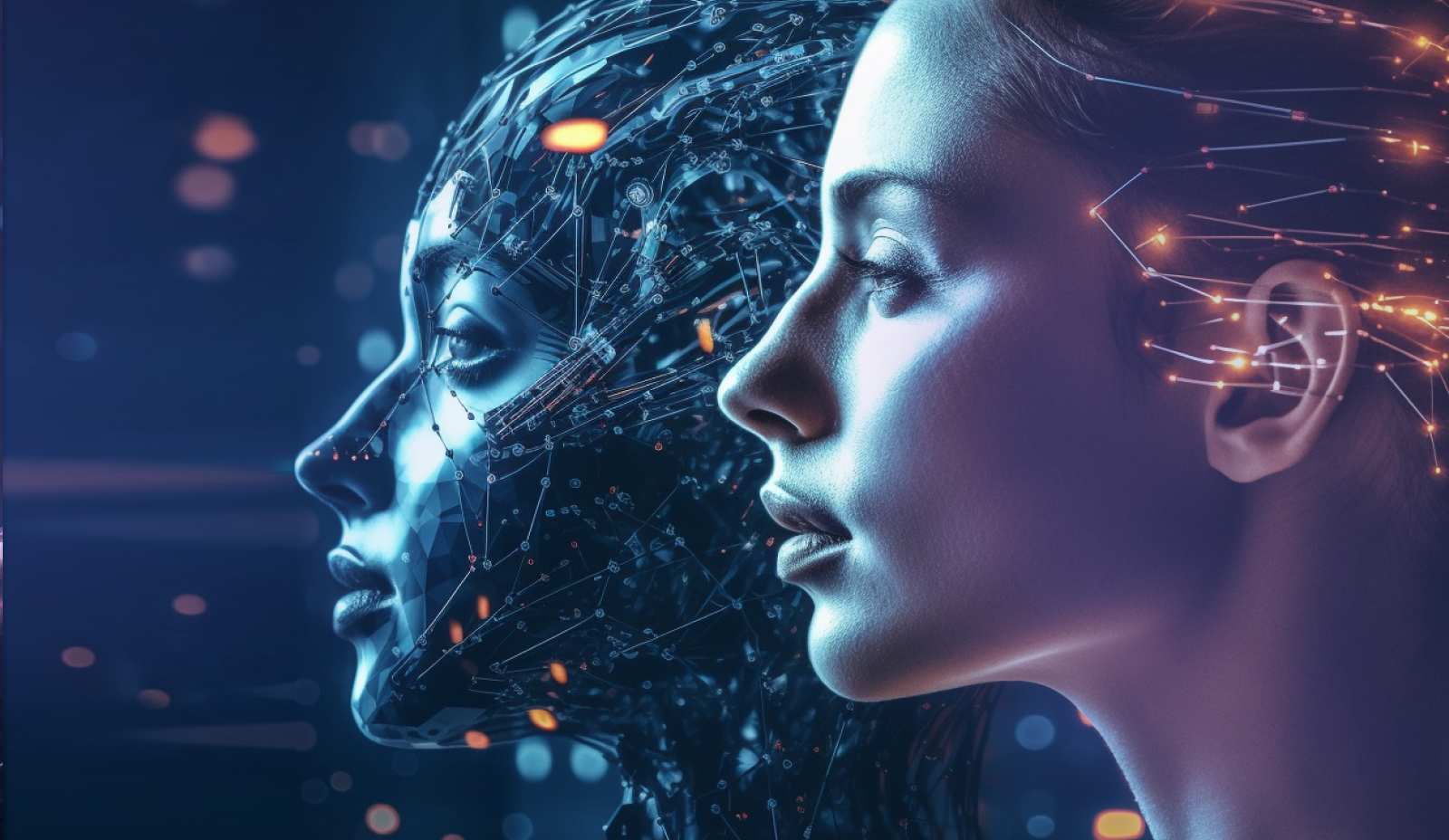
Voice Cloning Your Voice
With Voice.ai, you can not only convert text into synthesized speech but also clone your own voice. Experience the convenience of having an AI-powered replica of your voice for personalized audio content, video narrations, or any platform where authentic voice recordings are needed. Our advanced technology analyzes and modulates your voice, allowing you to create a realistic clone, an AI voice that captures your unique tone and nuances.
Explore the possibilities of integrating your voice seamlessly into various applications and discover the endless creative opportunities it offers. To learn more about voice cloning and how Voice.ai can enhance your audio experiences, click here.
No Other AI Voice Generators Compare to Ours
Our AI voice generator sets itself apart in the market with its exceptional capabilities in voice cloning and creating synthetic voices. With Voice.ai, you can effortlessly create voice clips that sound remarkably close to a real person’s voice. Our advanced AI algorithms analyze audio data and generate a voice model that accurately captures the nuances and characteristics of the target voice.
Whether you need a new voice for your YouTube videos, audio samples for AI tools, or simply want to enhance your creative process with a morphed audio clip, Voice.ai’s artificial intelligence ensures high-quality and realistic results. Experience the unmatched precision and authenticity of our AI voice generator, and revolutionize the way you work and have fun through audio.
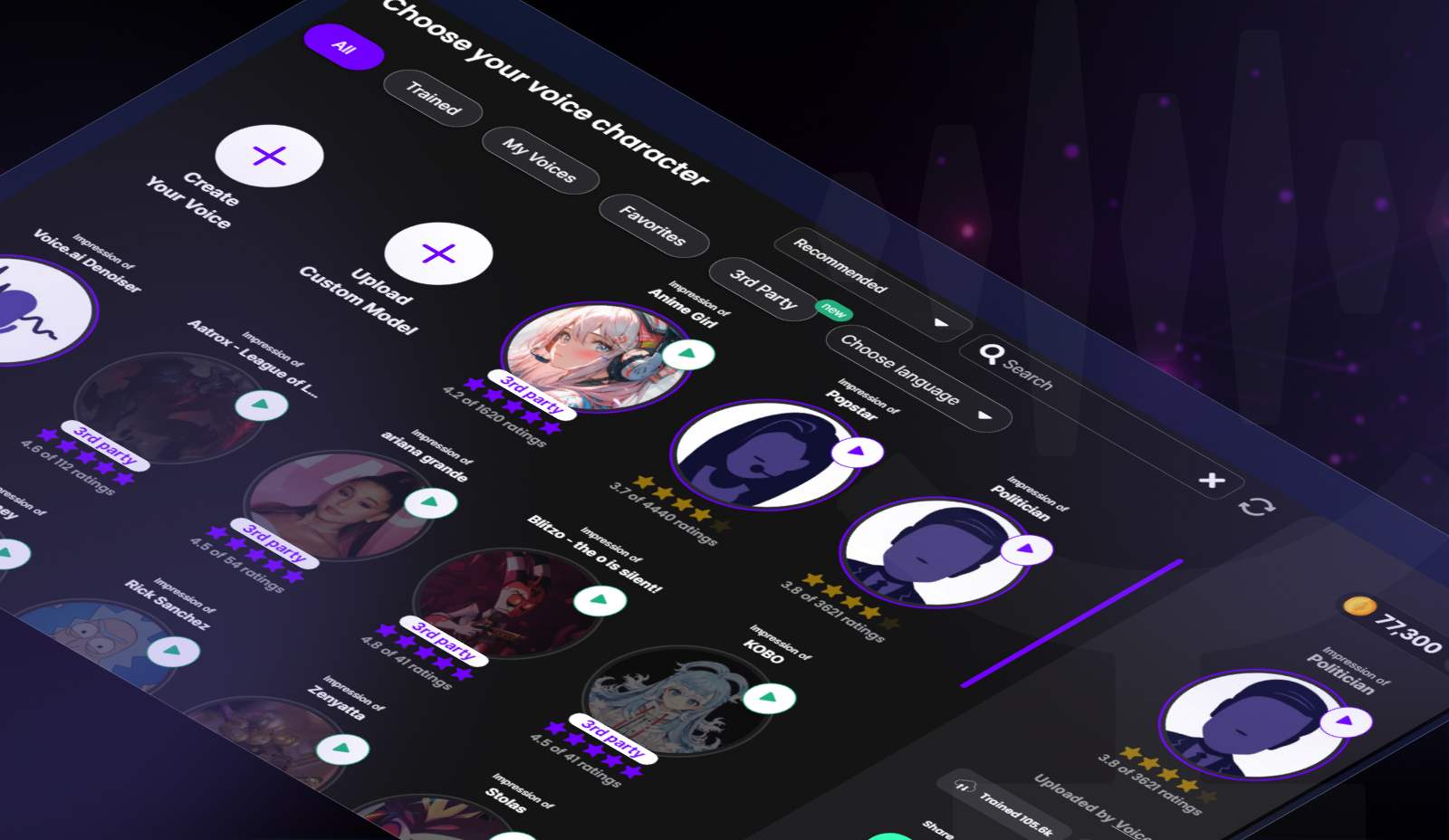
How to make an AI voice?
To make an AI voice with Voice.ai, simply sign up or log in to your Voice.ai account. Download and install the Voice AI Installer, then open VoiceAI.exe to launch the software. From there, you can upload your reference audio or choose from the user-generated voices in our UGC library. Our AI system will analyze and modulate the voice to create a realistic AI voice clone. You can then use your AI voice in games, communication software, or content creation platforms.
Please note that building a 3rd party voice (cloning someone else’s voice) is an exclusive feature for pro subscribers. To access this functionality, you will need to upgrade your subscription. However, you can still explore and try out the user-generated voices in our UGC library for free.
How to make an AI voice model?
As we mentioned before, you can get started by logging into your account and uploading your reference 3rd party voice model created by you or from other online platforms. Our software will analyze and modulate the voice to create a realistic AI voice clone. If you want to learn more about Voice.ai and its AI voice capabilities, click here.
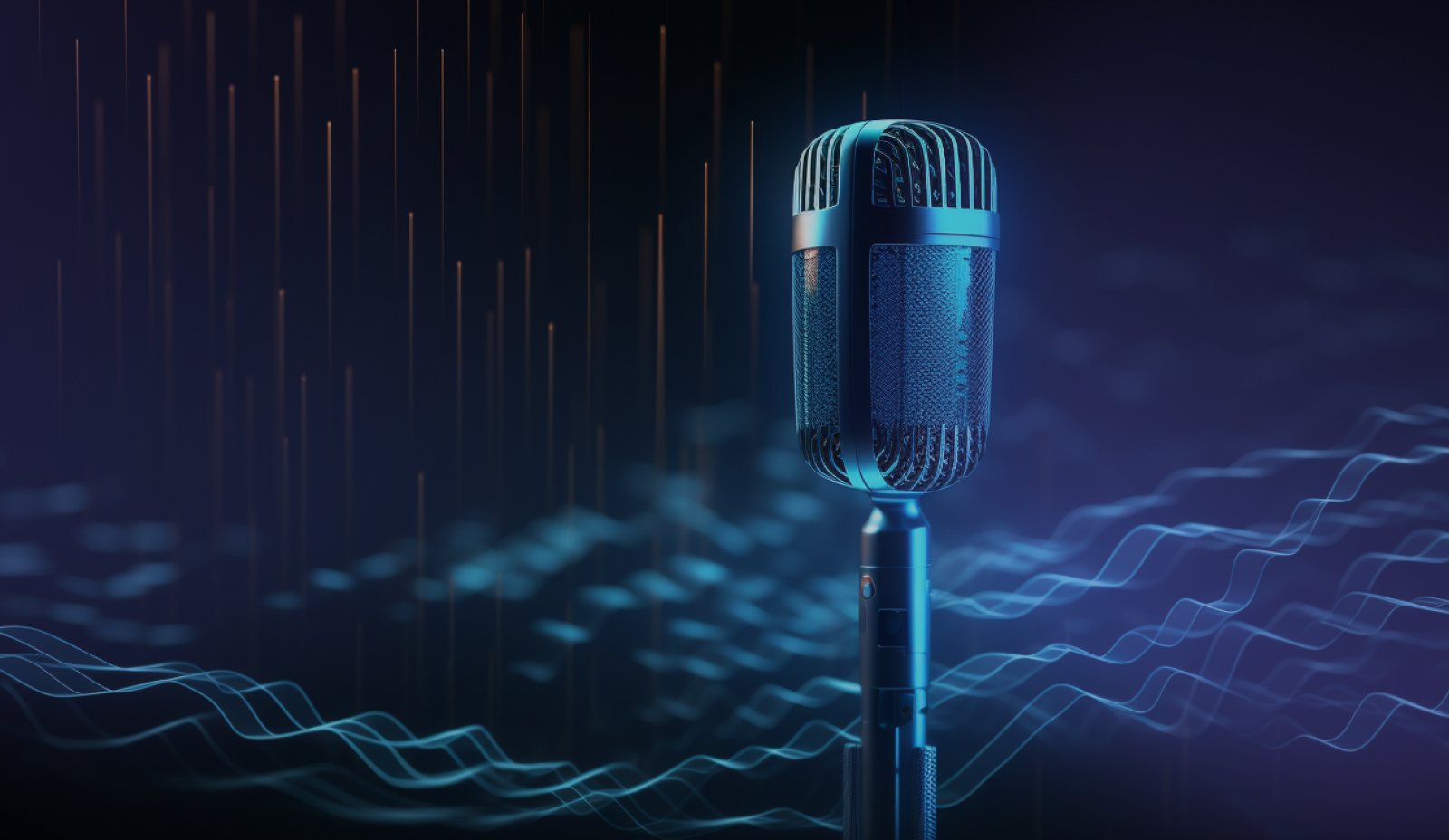
How to make an AI voice of yourself?
To make an AI voice of yourself, ensure that you have a Pro subscription. Ideally, you will need at least 15 minutes of clean, high-quality audio. It is recommended that the audio is mono-channel, 44.1Hz, 16-bit, and in .wav format. The audio should feature a single voice and have minimal background noise, including music. Keep in mind that a minimum of 5 minutes of audio is required, but 15 minutes is recommended for best results. There is no limitation on the length of the audio you can use.
How to make an AI song with your voice?
With the help of our AI Singing Voice Generator and our guidance, you can create an AI song using your own voice. Our app allows you to upload audio files or record directly with your microphone to generate an AI voice track.
However, it’s important to note that Voice.ai does not generate vocal performances itself. Instead, our software empowers you to create music by providing the tools and technology needed to transform your voice into an AI-generated singing voice. For more information and to get started on making an AI song with your voice click here.
How to make an AI voice of someone?
To make an AI voice of someone, as mentioned above, you can start by uploading high-quality audio of the person’s voice. This audio will serve as the basis for generating the AI voice. However, it is important to note that you should have the rights or proper permissions for any voices used in your content. Please use such voices at your discretion and in compliance with applicable laws and regulations.

